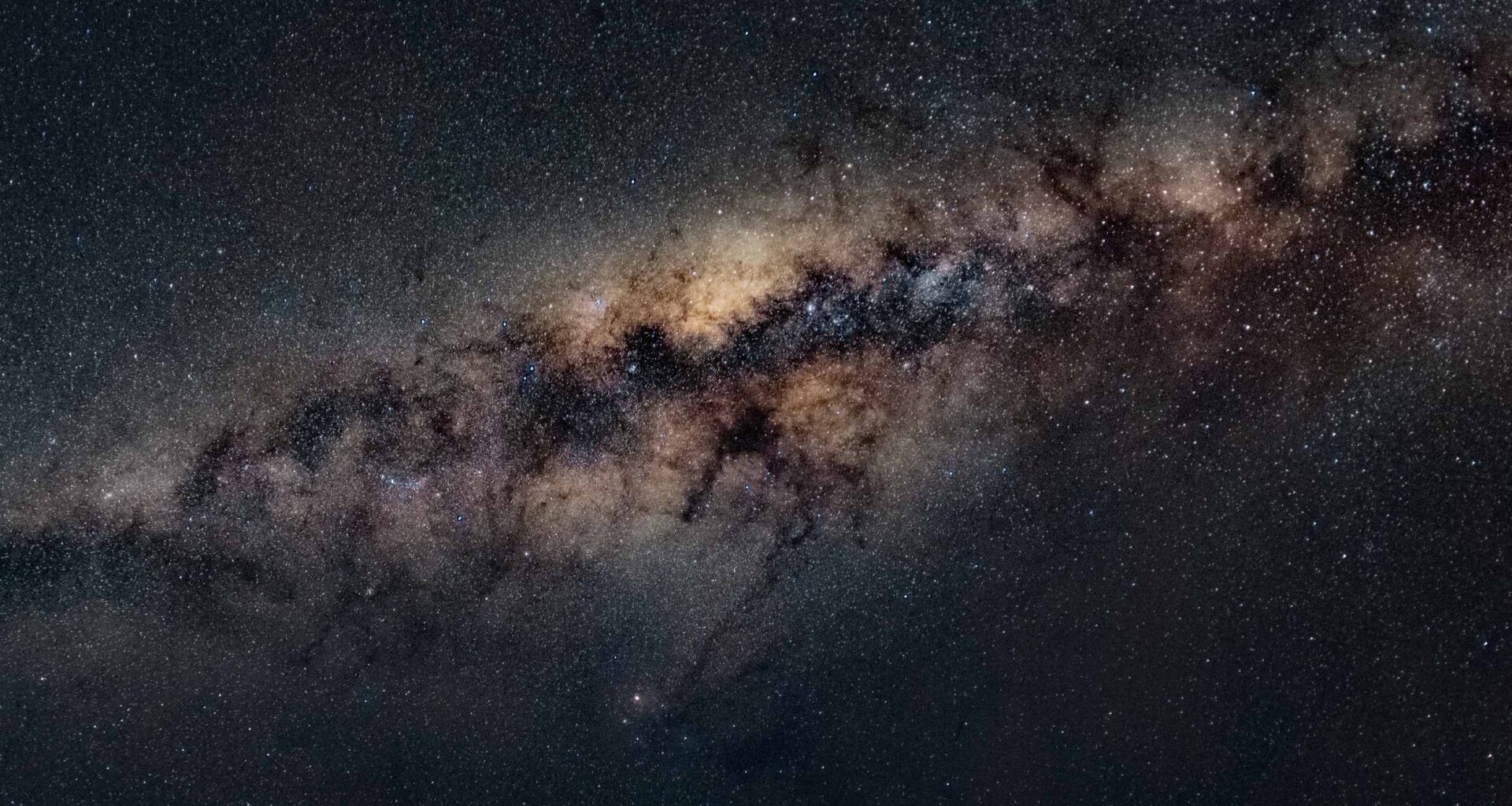Astronomers have confirmed more than 6,000 exoplanets, yet none is a clear twin of Earth around a star like our Sun. The next leap needs sharper tools and a cleaner signal from the stars themselves.
Sun-like stars are noisy. Their surfaces seethe with magnetic activity and convective cells that blur the faint traces of small planets, so researchers are building a new way to separate the planet signal from the stellar static.
Why stellar noise blocks the view

On Sun-like stars, surface granulation and supergranulation shuffle light in ways that confuse the tiny wobble of an Earth mass planet. The result is a pattern of shifts in spectral lines that can masquerade as a planet or bury it outright.
These surface flows change over minutes to days, while longer lived magnetic regions add slower drifts. Both effects push past the precision needed to weigh a small world using the wobble method.
“The detection and characterization of other Earths, orbiting other suns, is a bold objective of present day astrophysics,” wrote Nuno C. Santos of the Institute for Astrophysics and Space Sciences in Portugal (IASTRO) who led the effort.
That goal demands new observations of the Sun to build reliable corrections for stellar noise.
PoET Telescope and ESPRESSO
PoET, the Paranal solar ESPRESSO telescope, is a compact solar telescope about 24 inches across that will feed sunlight to an ultra stable spectrograph in Chile.
By treating the Sun as if it were a distant star, the team can watch how surface structures shift and imprint subtle signals across thousands of spectral lines.
Those measurements will sharpen models of the noise that plagues precision radial velocity work. They will also map how activity changes across the solar disk, which matters because stars are not uniform from center to edge.
“One instrument will collect solar light and channel it into the ESPRESSO spectrograph, allowing us to use the Sun as a proxy to unambiguously identify and understand the sources of relevant variability in solar type stars,” wrote Santos.
The approach links a dedicated daytime solar telescope to an instrument built for planet hunting at night.
What precision really means
ESPRESSO was engineered to approach planet level shifts at the 10 centimeter per second scale, and that is the kind of change Earth induces on the Sun.
Hitting that mark over many years is only useful if astrophysical noise is curbed to match the instrument’s stability.
The key is not just raw sensitivity. It is learning the patterns of the star, then removing them without erasing the planet in the process.
Recent analyses show how surface flows can spoil mass and orbit estimates for small planets if left untreated. That is why a solar benchmark is so valuable, since it gives the field a ground truth that models can match.
Set up for Plato’s big search
Europe’s PLATO mission will scan a large sample of Sun-like stars using 26 synchronized cameras to spot tiny dips in starlight when planets pass in front.
Those measurements will yield sizes and orbits for new worlds, including targets where a rocky planet might sit at the right distance for liquid water.
PoET can make those discoveries more useful. When PLATO flags promising systems, precise follow up on the ground can measure masses, densities, and eventually compositions.
That crosscheck hinges on cleaning up stellar noise to unlock the full potential of high resolution spectroscopy. The Sun, viewed with the PoET telescope, provides the library of patterns needed to do the job well.
PoET telescope and astronomy
With better noise diagnostics, the best targets can move to the front of the queue for the Extremely Large Telescope (ELT) and its high dispersion spectrographs.
That is where astronomers will sniff out atmospheres and search for gases linked to water rich surfaces.
The same playbook helps transmission spectroscopy, where starlight filters through a planet’s air during a transit. Noise control is needed there too, because stellar features can mimic or drown out real atmospheric signals.
This is also a European story. The work sits inside FIERCE, a European Research Council (ERC) funded project designed to push precision to the level needed for true Earth analogs.
Nuts and bolts of the solar approach
Watching the Sun as a star is not enough. PoET will also resolve small patches across the solar disk to see how signals change from center to limb, then stitch those data into a whole star prediction paper.
That dual view separates the contributions from granules, supergranules, and magnetic regions. It then tests which spectral features are most reliable for planet work and which ones to avoid.
Instruments like ESPRESSO already reach astonishing steadiness in the lab and in the sky. The remaining wall is the star itself, which is why a purpose built solar feed is the missing piece.
PoET telescope’s timeline
PoET’s observing is planned to begin around late 2025, with several years of daily runs to capture the Sun across changing conditions.
The setup uses an optical mask to isolate tiny regions on the solar surface while keeping the feed to ESPRESSO stable.
At night, ESPRESSO returns to its usual routine on the Very Large Telescope (VLT). That split schedule squeezes more science out of the same instrument without interfering with nighttime programs.
As PLATO heads for a planned launch in December 2026, the timing lines up. Early results from PoET can shape the first wave of follow up so that promising systems get fast, accurate mass measurements.
Finding a rocky planet the size of Earth, at the right distance from a Sun like star, is a tightrope act.
It demands centimeter per second stability and a map of stellar behavior detailed enough to remove false signals without touching the real ones.
PoET is about building that map with the only star we can study in exquisite detail. The payoff could be a short list of nearby worlds that truly look like home, ready for close inspection.
—–
Like what you read? Subscribe to our newsletter for engaging articles, exclusive content, and the latest updates.
Check us out on EarthSnap, a free app brought to you by Eric Ralls and Earth.com.
—–

